
… When corn rigs are bonie
Beneath the moon's unclouded light
I held awhile to Annie
The time went by with careless heed
'Till 'tween the late and early
With small persuasion she agreed
To see me through the barley
Corn rigs and barley rigs and
Corn rigs are bonnie
I'll not forget that happy night
Among the rigs with Annie
The sky was blue, the wind was still
The moon was shining clearly …
Corn Rigs (also known as Corn Rigs Are Bonie) is a Scottish Measure (a tune closely related to a reel, but a little closer to a march) dating from the 17th century. The tune was a popular choice among early song writers, notably Allan Ramsay who used it as one of ‘Peggy’s songs’ in his play, The Gentle Shepherd (1725). The ‘rigs’ referred to in the song were the traditional drainage system which was based on dividing fields into ridges around three feet high, and then ploughing them from end to end, the resulting furrows then drained excess water from the land above it, here planted with corn. Corn Rigs (also known as The Rigs O' Barley) was a Scottish song written by Robert Burns around 1782 to be sung to the air Corn Rigs Are Bonie was set to music by Paul Giovanni for The Wicker Man (1973).
In the good old days, the harvest festivals began in August (Lunasa - ‘beginning of harvest’) followed by September (Meán Fómhair) and October (Deireadh Fómhair) translated as ‘middle of harvest’ and ‘end of harvest’ respectively. This was one of the most sacred times of the year and the Harvest Home or In-Gathering was a community observance at the end of the harvest to celebrate and give thanks for the bounty with all its attendant celebrations, including the singing of the traditional folksongs like John Barleycorn. Celebrating the harvest is the holiest time of the Craft year and Lammas observes the coming of harvest-tide with its decoration of corn sheaves, fancy loaves, berries and fruits – all leading up to the Autumnal Equinox (or Michaelmas) that marked its zenith with the eating of the traditional goose and the raucous festivities of the community harvest supper.
Lughnasadh’s pagan origins are mentioned in some of the earliest Irish literature, the festival being named after the old Celtic sun-god Lugh. It involved great ‘in-gatherings’ that included religious ceremonies, ritual athletic contests (most notably the Tailteann Games), feasting, matchmaking and trading – and visits to holy wells – with many of the activities taking place on hilltops and mountains. According to folklorist Máire MacNeill, evidence shows that the religious rites included an offering of the ‘first fruits’, a feast of the new food and of bilberries, the sacrifice of a bull and a ritual dance-play in which Lugh seizes the harvest for mankind and defeats the powers of blight. In Wales, Gŵyl Awst marks the first harvest, because there is a second harvest at the time of the Autumn Equinox.
This is also a season of renewed growth in some trees in July and August in the northern hemisphere, and Lammas growth on trees can be really striking. On oaks it tends to be lime green but is often tinged with red and it brings the trees to life again - making the woods and hedgerows look refreshed. Lammas growth declines with the age of the tree, being most vigorous and noticeable in young trees. It differs in nature from spring growth which is fixed when leaves and shoots are laid down in the bud the previous year. The Lammas flush is free growth of newly-made leaves throughout the tree.
It was beneath the oaks of the New Forest that King William Rufus went hunting on 2nd August in the year 1100, and was killed by an arrow through the lung, though the full circumstances still remain unclear. The earliest statement of the event was in the Anglo-Saxon Chronicle, which noted that the king was ‘shot by an arrow by one of his own men’. According to an unidentified ecclesiastical account, a charcoal burner took the King’s body, placed it on a rude cart, covered it with a ragged cloth and conveyed it to Winchester.
The body was said to have dripped blood along the entire route, an idea consistent with the belief that the blood of the divine sacrifice must fall on the ground in order to fertilize it. The unpopular king was mourned, not by the Christian nobles but by the largely pagan common folk, who lined the roads of his funeral procession and followed the body to the grave; thus giving voice to the legend that William Rufus’s death was a ritual sacrifice as part of the dying-god fertility cult since he was descended from a pagan leader on both sides of his family. Many of his friends and close associates were also openly heathen, and his chief advisor was Randolf Flambard, recorded in the Chronicles as the son of a witch.
Lammas is still a time of excitement and magic. The natural world is thriving around us, and yet the knowledge that everything will soon die looms large in the background. This is a good time to work some protective magic around the hearth and home. This occasion celebrates the beginning of the harvest season and the cycle of rebirth, and can be done by a solitary practitioner or adapted for a group or coven setting. It is an expression of gratitude for the change in seasons - from a season of planting to a season of harvest - that marks today’s observance.
And yet, the dark tide first begins to stir at Lammas, the time of fruition and harvest when the crops are gathered and fruits begin to ripen. Under the new style (Gregorian) calendar, Lammas would be celebrated on 1st August; we still follow the old (Julian) calendar, so would perform the Lammas Rite on 12th August. We’re heading towards the Autumnal Equinox, when the two tides of summer/winter, bright/dark, god/goddess stand equally opposed so - the bright tide will start to wane, the dark aspect ever increasing - and traditionally Lammas was essentially a male-oriented ritual with the women waiting outside the circle in order that they may – or may not – be invited to participate in the rite. The goddess-imagery (the Dame) now begins to fade into the back ground until the fires of Candlemas and the Vernal Equinox call her forth once again; with a shared celebration of fresh bread and wine/beer she takes her leave and future Coven rites will reflect the god’s power in the form of the Magister.
The above is an extract taken from the limited edition, Round About the Cauldron Go … by Philip Wright and Carrie West – published by Ignotus Books
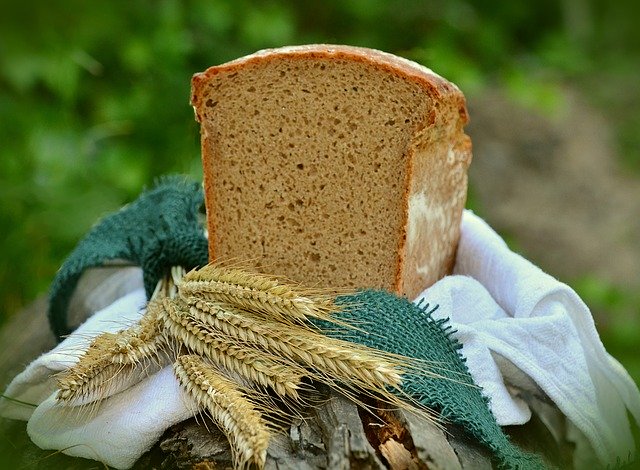
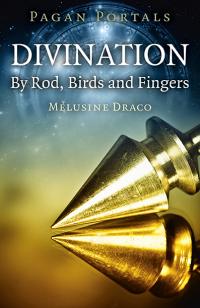

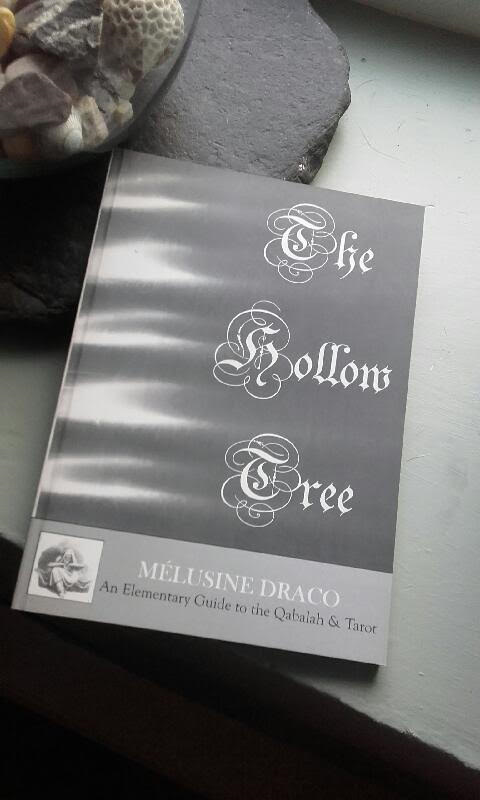
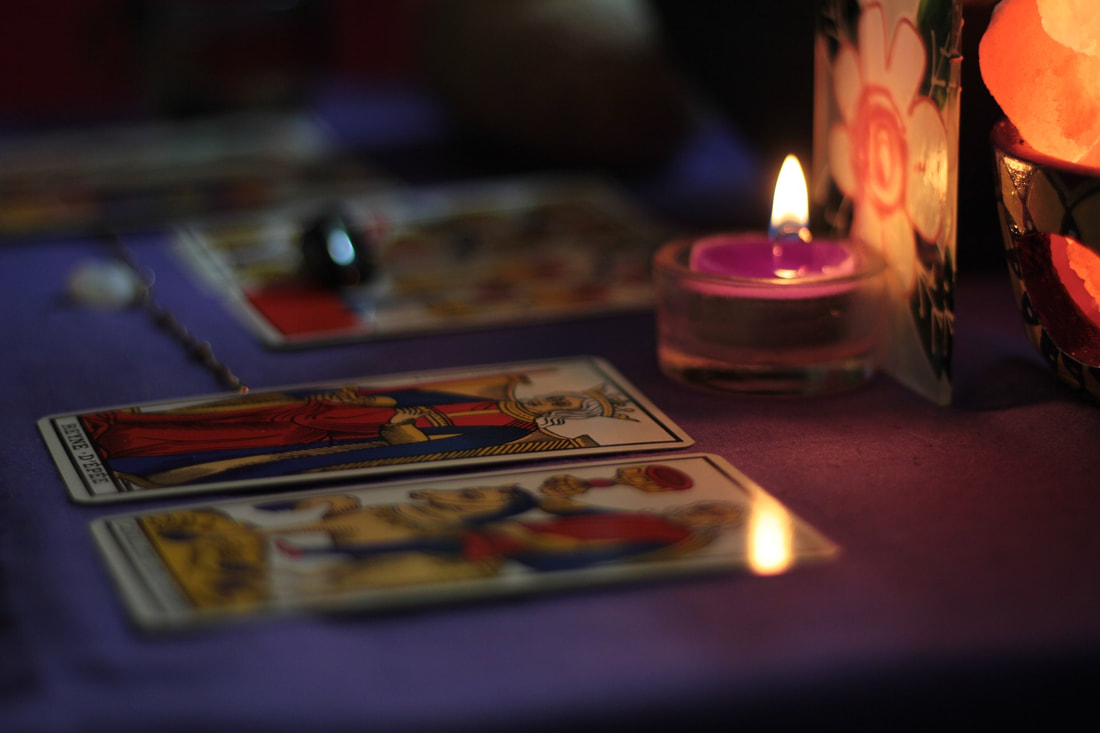
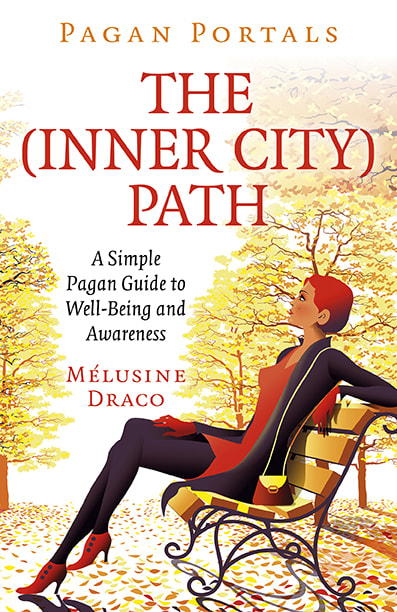

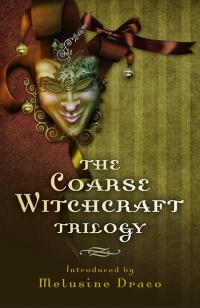

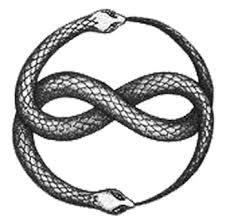
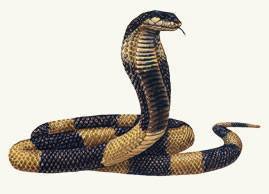
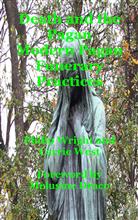


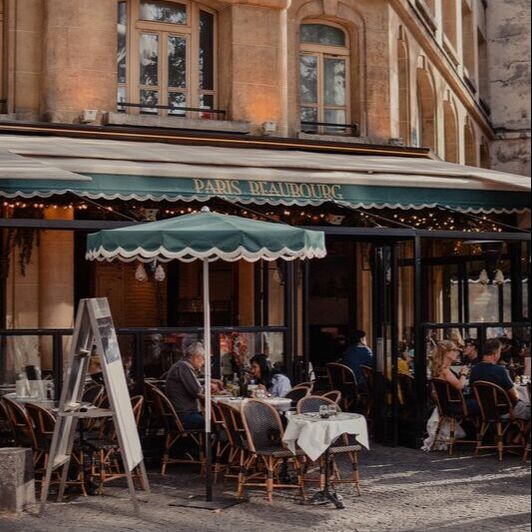

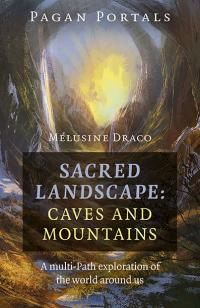
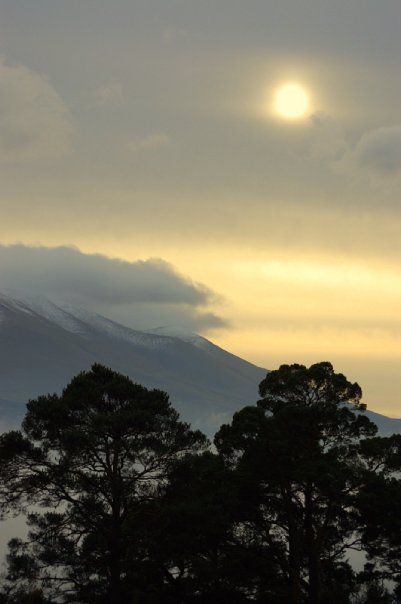
 RSS Feed
RSS Feed